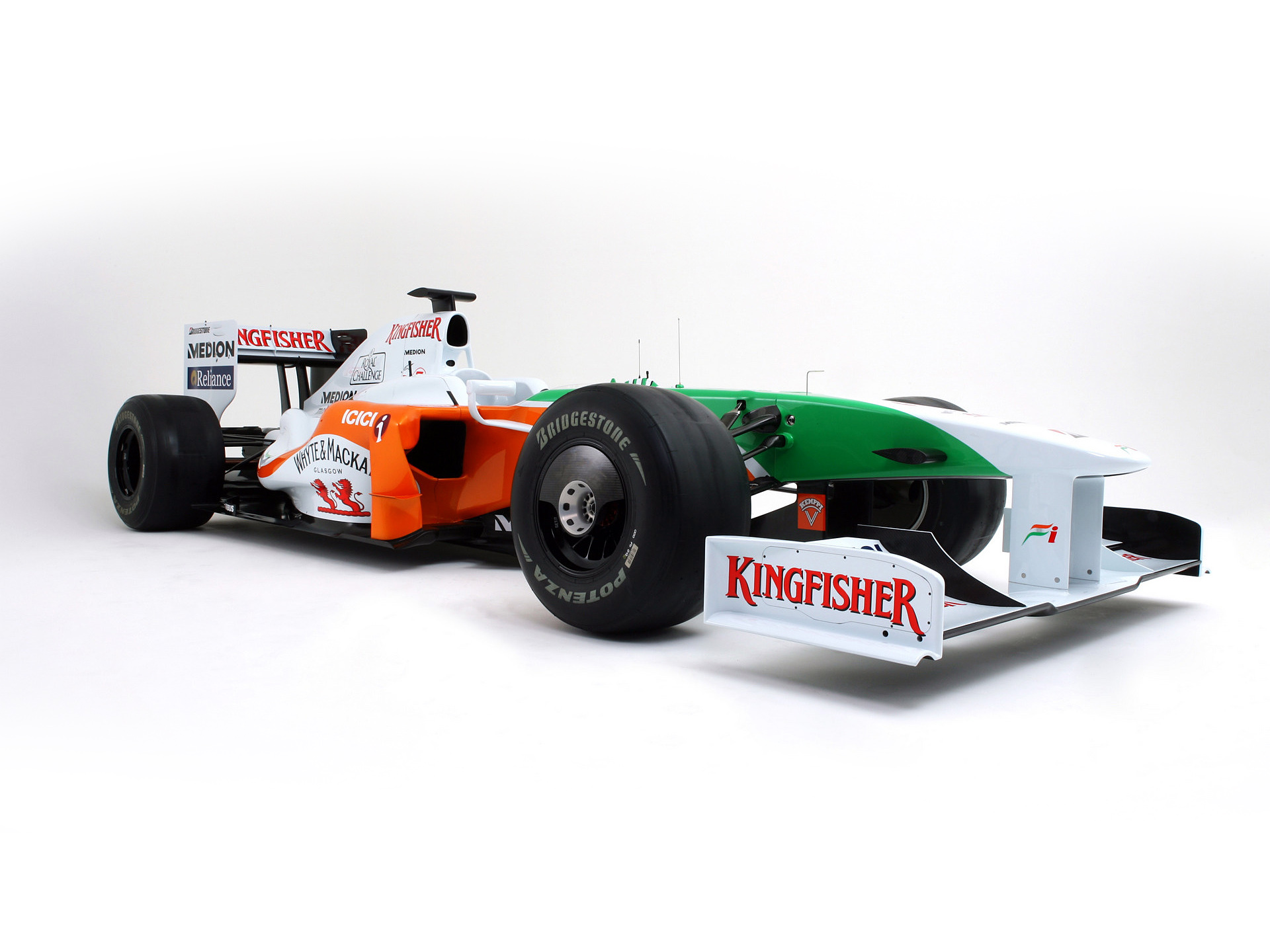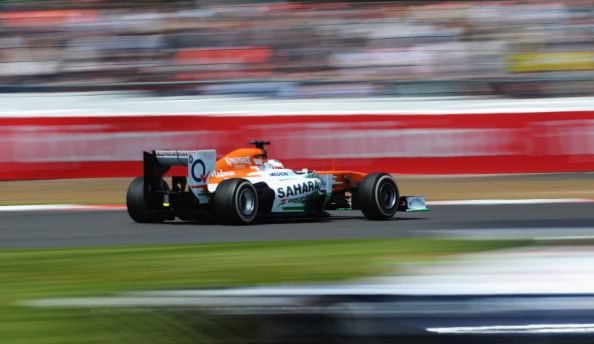


"The real secret is simple, good engineering practice," claims Racecar Engineering's Sam Collins. Technical director Green joined the team as director of engineering in 2010 before assuming his current role a year later and has a talented, yet small, group around him, much to the annoyance of Force India's bigger budgeted rivals. "It's just very well managed. The aerodynamics team, the design team under the technical directorship of Andy Green are very effective." It's even half the size of an independent like Williams. "There's only 360 people there compared to eight, nine hundred at some of the top teams. "It just concentrates on extracting maximum performance, recognising its own limitations of its size," Sky F1's expert analyst Mark Hughes explains. And one of the most important for Force India, it seems, is not just making the most of their slender budget but also management and the limited number of personnel at their disposal. Of course, there are many factors that come together to make a successful Formula 1 team. "Because they can't afford copious updates for their cars they have it to get it right first time," he agrees.

"They've got such great team spirit and I think one of the key things for them is that they don't have a big budget but they spend it wisely." "They are the perennial overachievers," argues Sky F1's Marc Priestley. The absence of excess has resulted in a streamlined operation where every pound spent is made to count. "For pounds spent in F1, they are the world champions." "Their secret is that they make every pound go a long way and the troops on the ground just keep on delivering," says Sky F1's Martin Brundle.


 0 kommentar(er)
0 kommentar(er)
